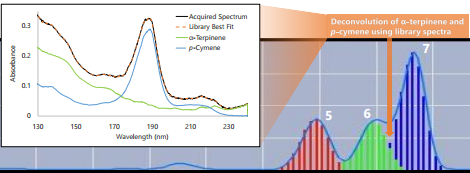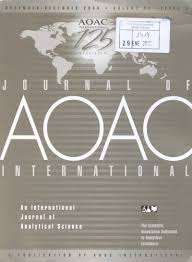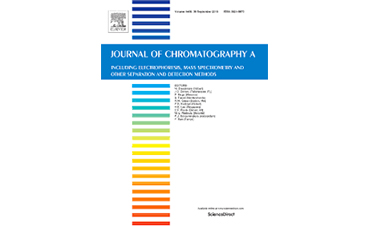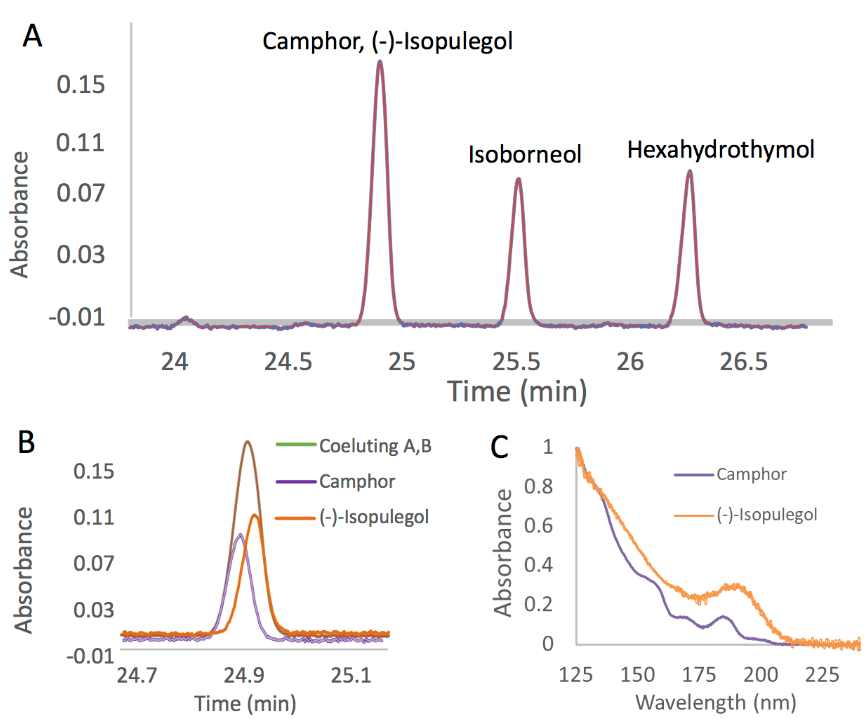Article Preview
Abstract
The separation and identification of natural mixtures of terpenes is challenging and laborious. A gas chromatographic method based on vacuum ultraviolet spectroscopic detection, which is characterized by full-scan absorption in the range of 125–240 nm, was developed and applied to analyze terpenes. In this study, the vacuum ultraviolet absorption spectra of 41 different standard terpenes were investigated and compared. The spectra were found to be highly featured and easily differentiated. Several commercial turpentine samples were analyzed and the vacuum ultraviolet detector demonstrated good specificity for qualitative identification of constituent terpenes. A total of 31 terpenes were detected in the four turpentine samples. α-Pinene was the predominant terpene ranging from 744.2 ± 9.7 to 917 ± 21 mg/mL. The other major constituents in the turpentines included β-pinene, δ-3-carene, camphene, and p-isopropyltoluene. Deconvolution of co-eluting signals of terpenes was achieved utilizing the data analysis software. The technique has been demonstrated to be a powerful tool for reliable and accurate qualitative and quantitative analysis of terpenes from complex natural mixtures.
Fill out the form below to access VUV Analytic’s Knowledge Base. Stay up to date with the latest VUV blogs, publications, application notes, conference presentations, webinars, and announcements.





